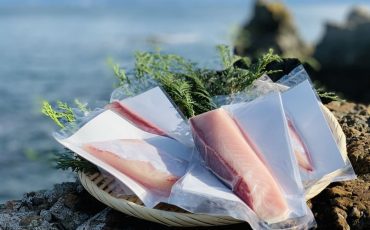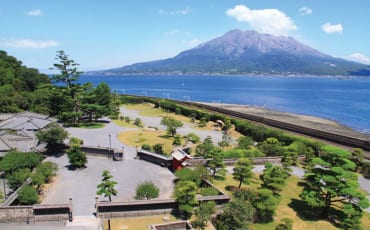Articles
Features
Jan 1, 2017
Bean There, Done That
You’ve eaten them in your favourite Japanese sweets and desserts such as taiyaki and mochi. Now, find out more about the three types of beans that are used to make confectionery and other traditional sweet dishes.

Beans have always been cornerstones of Japanese cuisine. When we think of beans in Japanese cooking, however, savoury types such as edamame and natto usually spring to mind first. So important are beans to Japanese culture that there is even a festival known as Setsubun where, on the first day of spring in early February, people will throw roasted soy beans into the air as they believe this will ward off evil spirits and prevent them from entering the home.
Besides soy beans, however, there are also the varieties of beans that are typically used in Japanese sweets, desserts, and traditional dishes, the most famous of all being the azuki bean. Fun fact: Dorayaki, the Japanese pancake that usually has azuki bean paste (also known as anko, red bean paste) as its filling is the favourite snack of the popular Japanese anime character, Doraemon, the futuristic robot cat!
Sweet bean paste also forms the basis of namagashi, snacks that are eaten during the traditional Japanese tea ceremony. As beans are extremely nutritious, being rich in B vitamins, minerals, and more, Japanese bean-based sweets can be considered a more healthful alternative to heavier and more decadent western desserts. Find out more about the three common types of beans used in Japanese sweet treats and traditional dishes, in the following pages.
Azuki Beans: https://www.oishii.sg/wiki/3194
Shiro-ingen-mame: https://www.oishii.sg/wiki/3201
Kuromame: https://www.oishii.sg/wiki/3202








